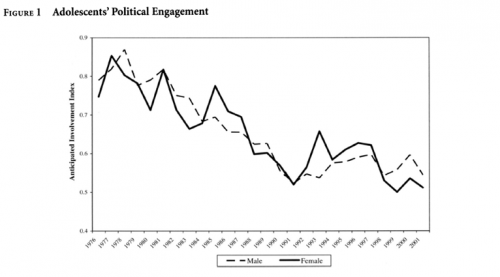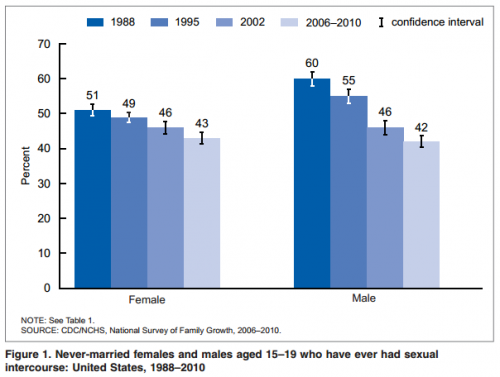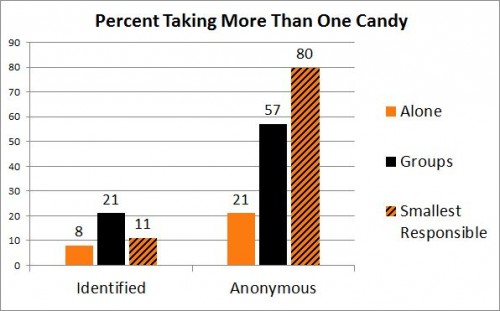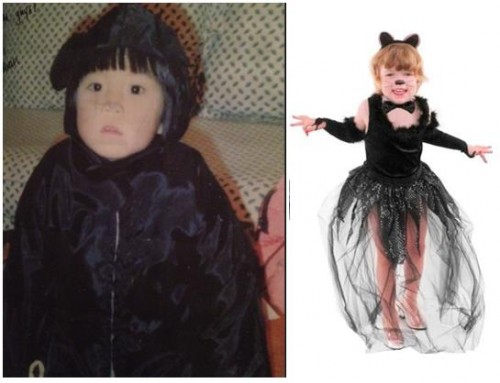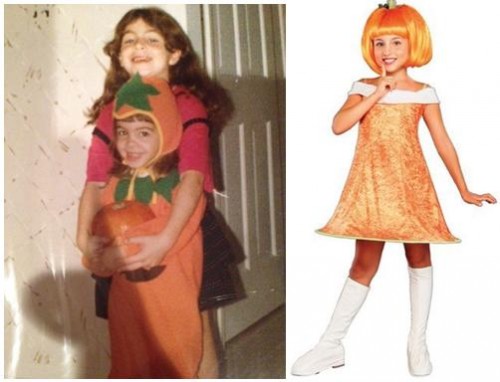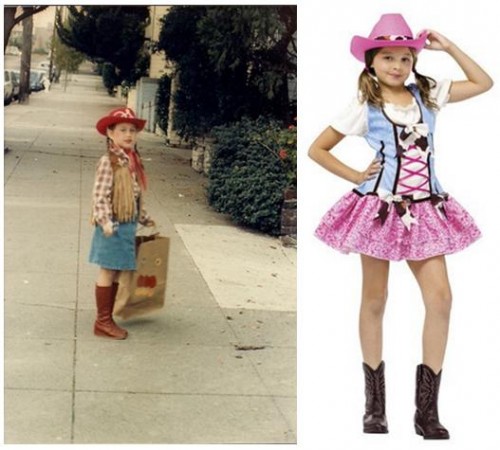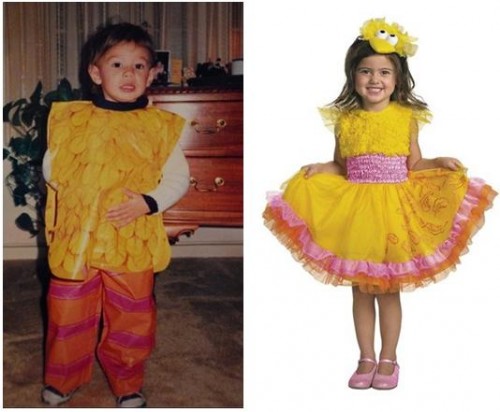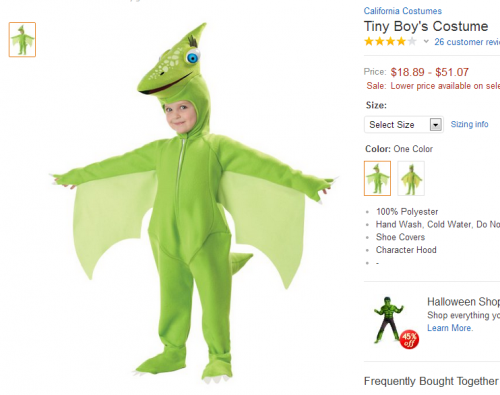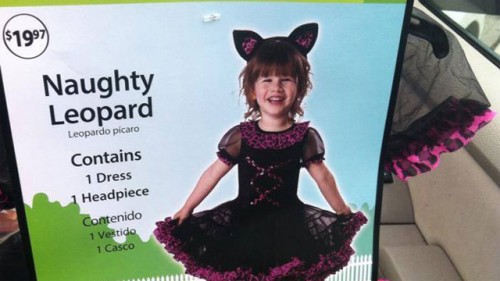I read an article today about whether visible, viable female candidates for elected office make adolescent girls more interested in politics. They do. But what made my jaw drop was the data on adolescents’ interest in politics overall. It’s been falling for decades.
The graph below was included as part of the description of their data. The measure of “political engagement” is a combination of responses to questions about whether they plan to participate in political activities when they get older, imagine they’ll ever write to a public official, think they’d like to work on a political campaign. Remember, they’re just kids, so it’s all prospective.
They’ve been asking this question of about 2,500 kids since 1979. In that year, adolescents scored about 0.75, with possible scores ranging from zero to three. So, the average kid said yes to fewer than one of the questions. The likelihood of adolescents saying yes to even one, however, has been dropping. In 2001, the average score was closer to 0.5. That’s equivalent to every other kid saying yes to just one of the questions.
Click to enlarge:
The drop isn’t as dramatic as it looks because the graph only goes from 0.4 to 0.9, while the scale is from zero to three. The pattern of decreasing interest in politics, however, seems real. I’m outside of my range of expertise here, otherwise I’d be able to offer some hypotheses for why. But I’d love to hear your ideas and any guesses about what’s happened to adolescents’ interest in politics since 2001.
Lisa Wade, PhD is an Associate Professor at Tulane University. She is the author of American Hookup, a book about college sexual culture; a textbook about gender; and a forthcoming introductory text: Terrible Magnificent Sociology. You can follow her on Twitter and Instagram.

